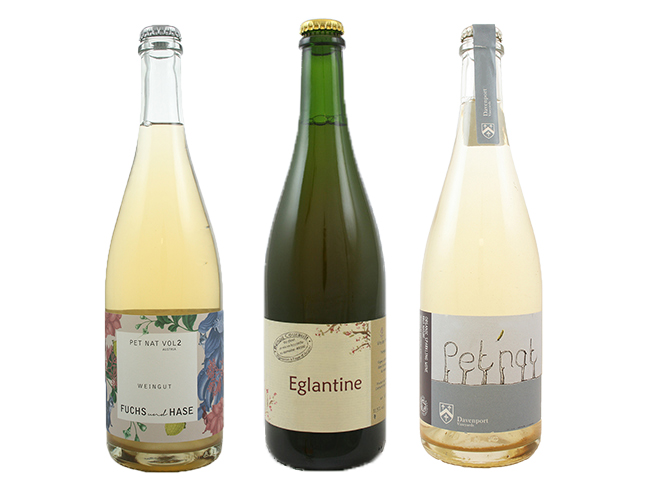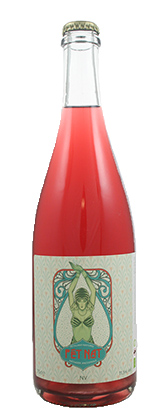To Pet Nat or To Pet Not
Pet Nat is now indubitably a genre. Ten to fifteen years ago, you could reel off all the practitioners of this winemaking style in a single breath. Nowadays, practically every natural winery worth its salt produces a version of pet nat. In the UK alone, not exactly renowned as the hub of natural winemaking, there are around thirty wineries bringing out their own iterations.
So, let’s grab our metaphorical bulles by the horns. Are these wines, all of a sudden, samey and one dimensional? Or, are we just claiming to be bored, because what was once perceived as a novelty, is now an everyday occurrence on a wine list?
You might just as well say the same about the orange/skin-contact wine phenomenon. What was once considered revolutionary in wine circles is now deemed just another hue in the expanding wine colour spectrum. And just because a style of wine has received its due recognition doesn’t make it less interesting.
Those who criticise pet nats are perhaps seeking a quality of complexity that is rarely going to be present in the wines. Their elevage is short and sweet (or brut!) compared to other sparkling wines.
If we are rigorous in our definitions, a lot of pet nat is not technically pet nat, a style that occurs wherein there is only a single fermentation and no additions whatsoever to precipitate further bubble generation. Many so-called pet nats are actually made according to the ancestral method, where grape must is used to engender a second fermentation in bottle and the finished wine is often left undisgorged, or on the heavy lees.
Pet Nats may be released in the year of the vintage, in spring afterwards, and or, later on, during the autumn. They are however the product of a single process (no blending, no adjustments) and a single vintage. And, as such, are vintage sensitive. Each year will witness the battle between natural yeasts and latent sugar with the ambient temperature of the winery determining the very speed and nature of the fermentation process. The vigneron will make the decision when to bottle the fermenting juice and leave the rest to time.
Those who criticise pet nats are perhaps seeking a quality of complexity that is rarely going to be present in the wines. Their elevage is short and sweet (or brut!) compared to other sparkling wines. The wines will be lightly constructed on the balance between primary fruit and acidity rather than the secondary aromas of autolytic development. However, being unfiltered (other than the disgorging of rough solids), pet nats can still possess lovely texture and a fleshy quality often absent from traditional-method sparklers.
The other beauty of the wines is that they are never dosed or blended, and to make good versions you require ripe, quality fruit, unlike champagne-method wines wherein lengthy ageing on the yeast lees and reserve wine may be utilised to compensate for under-ripeness in the grapes. Although there are more examples now of brut nature champagne, dosage is still a problematic tool and may cause sparkling wines to have a noxious sour-sweet taste.
One fun thing about pet nat is that you can make it from virtually any grape variety. Versions in the UK from Triomphe, Rondo and Solaris are rather excellent and elevate those somewhat humble hybrids. If the fruit is sufficiently ripe, the natural acidity in the grapes will provide the spine that gives the wines their balance and energetic focus.
Rather than saying we are bored by the fact that pet nats are becoming ubiquitous, let’s enjoy their point of difference to other fizz, and recognise they are generally light, bright and crushable. And they don’t all taste the same. These bubbles are a long way from bursting.



